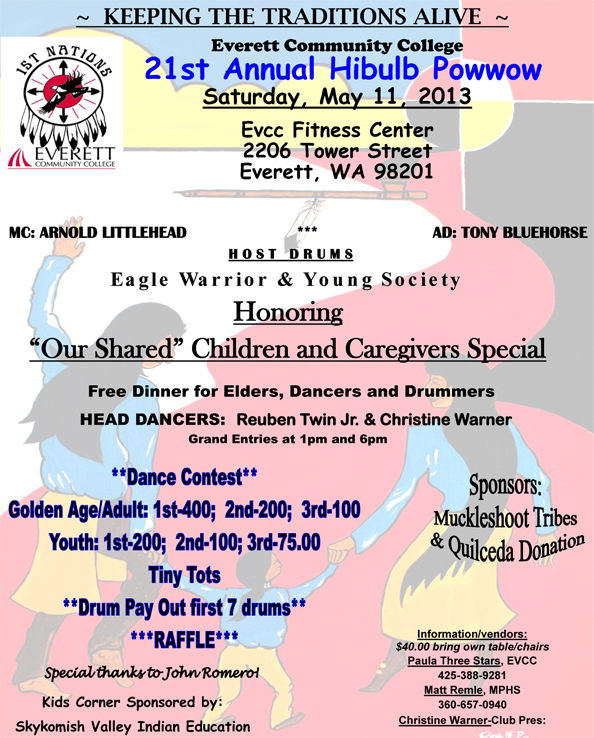Published: April 30, 2013
By JOHN STARK — THE BELLINGHAM HERALD
LUMMI RESERVATION — Those who knew Fran James well used the same word to describe her: humble.
James, a renowned weaver who shared her skills with her Lummi Nation community and many others, died April 28 at 88. She was widely known as “Auntie Fran.”
“She definitely gave more than she received,” said Darrell Hillaire, a former chairman of the Lummi Indian Business Council. “She definitely decided to share her life with the world, and through her weaving she was able to do that. … She thought that was representative of weaving our lives together.”
Hillaire and others said James taught a lot more than weaving. Her life itself was an example — a life that Hillaire described as “pure, simple, hard-working and generous.”
“She did those first things in order to be the last thing,” Hillaire said. “She gave everything, most importantly her time. She treated everyone with respect. … She always said that people should keep their hands busy. It kept them out of mischief.”
James’ weavings have appeared at the Seattle Art Museum, and are for sale at the Stonington Gallery in Seattle. She and her son Bill James, traditional hereditary chief of the Lummi people, have played an important role in keeping weaving and other traditional practices alive.
Makah Nation weaver Carl Irving credited Fran James with inspiring new generations to carry on the weaving tradition. Tribal communities from Alaska to California are mourning her passing, he said.
“It is because of her encouragement that I became the weaver I am,” Irving said. “She is the one who told me, ‘You keep going! You keep going!’ There are numerous lives she has touched — uncountable. … It’s like losing the Queen of England to the British people, that’s how big of a loss it is to us. They don’t make them like that anymore.”
Lummi Nation member Freddy Lane said he made a point of dropping by James’ home to share his catch every time he went clamming.
“She’d shake my hand and give me a little bit of gas money,” Lane said. “Every year we would have a clambake for her.”
Once, Lane said, Auntie Fran told an acquaintance that he had been doing his clambakes wrong.
“She said, ‘You’re using the wrong kind of seaweed. You’ve got to use the lettuce, the really light green seaweed.'”
As Lane explained it, a traditional clambake on the beach uses rocks in a pit, heated with a wood fire. The big horse clams are piled in first, with smaller butter and steamer clams on top. Then the whole thing is covered with seaweed while the clams cook.”
The different seaweed has a different taste and it salts them differently,” Lane said, adding that the first time he tried it Auntie Fran’s way, “The clams were exquisite.”
Shirley Bob, a niece, said she never knew her Auntie Fran to hold a grudge against anyone.
“She taught me a lot, just the way she carried herself, being humble and kind to everybody,” Bob said. “She showed me how to knit. She showed me how to do baskets. She would say, ‘Love love!’ That meant she loved us. I’m going to miss that.”


